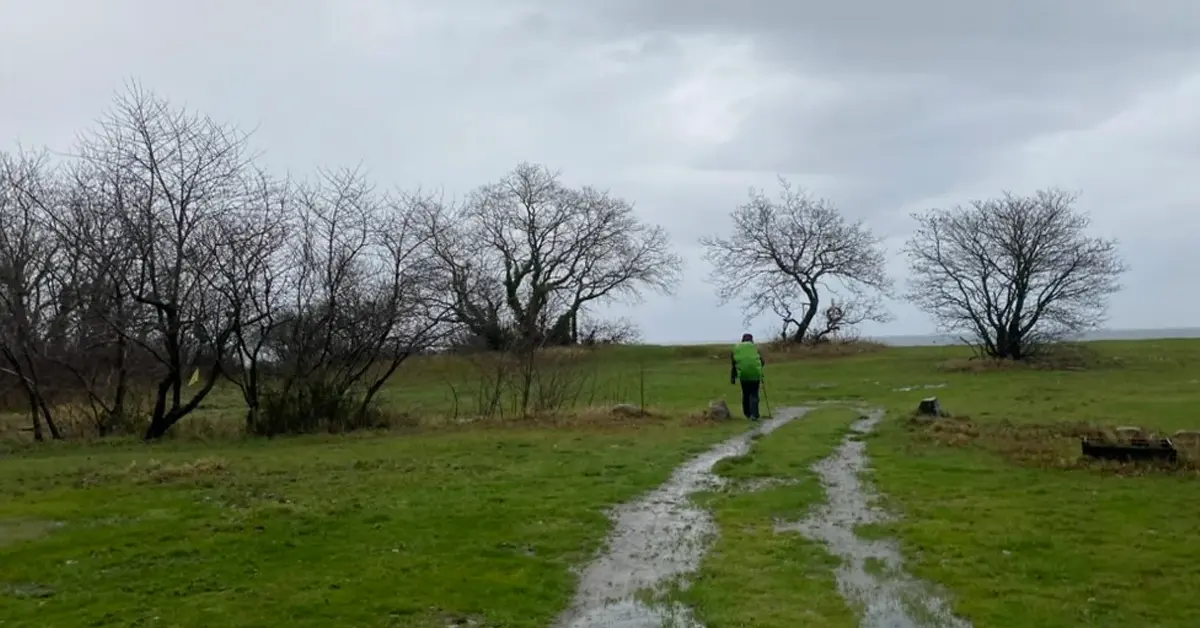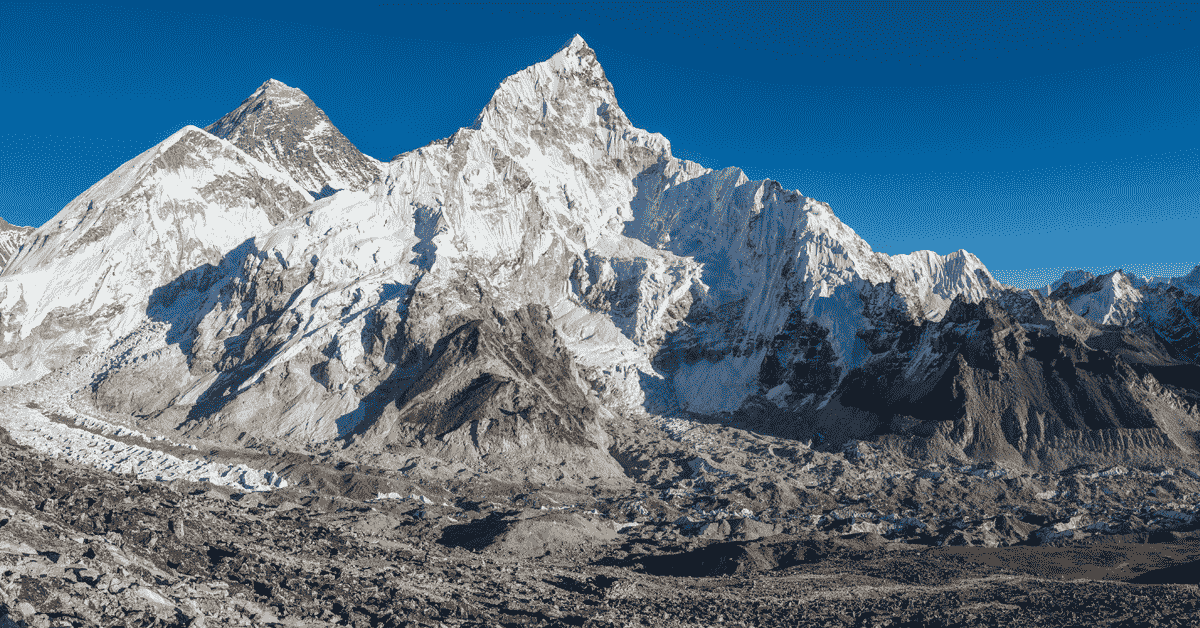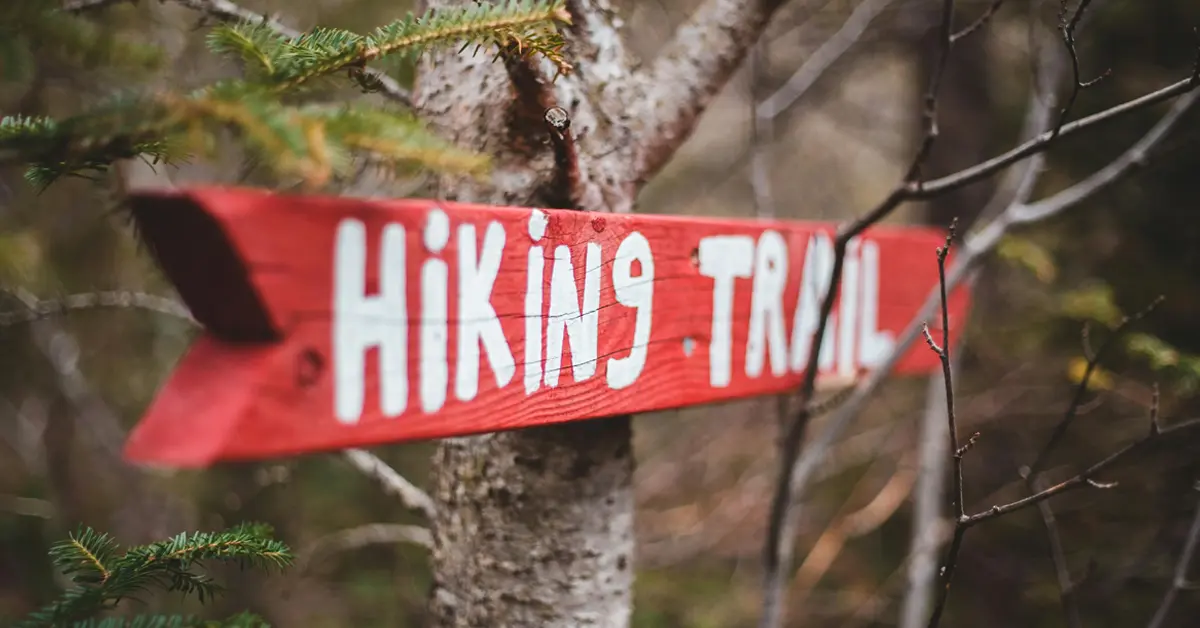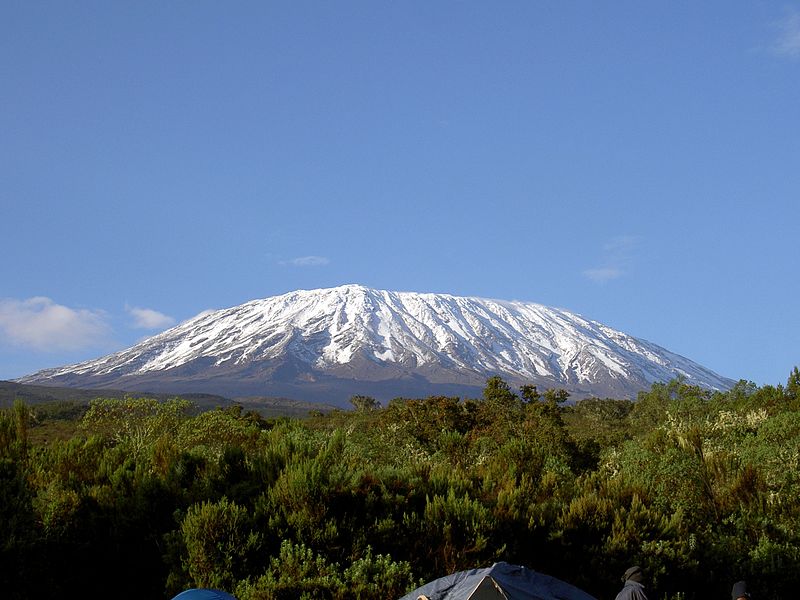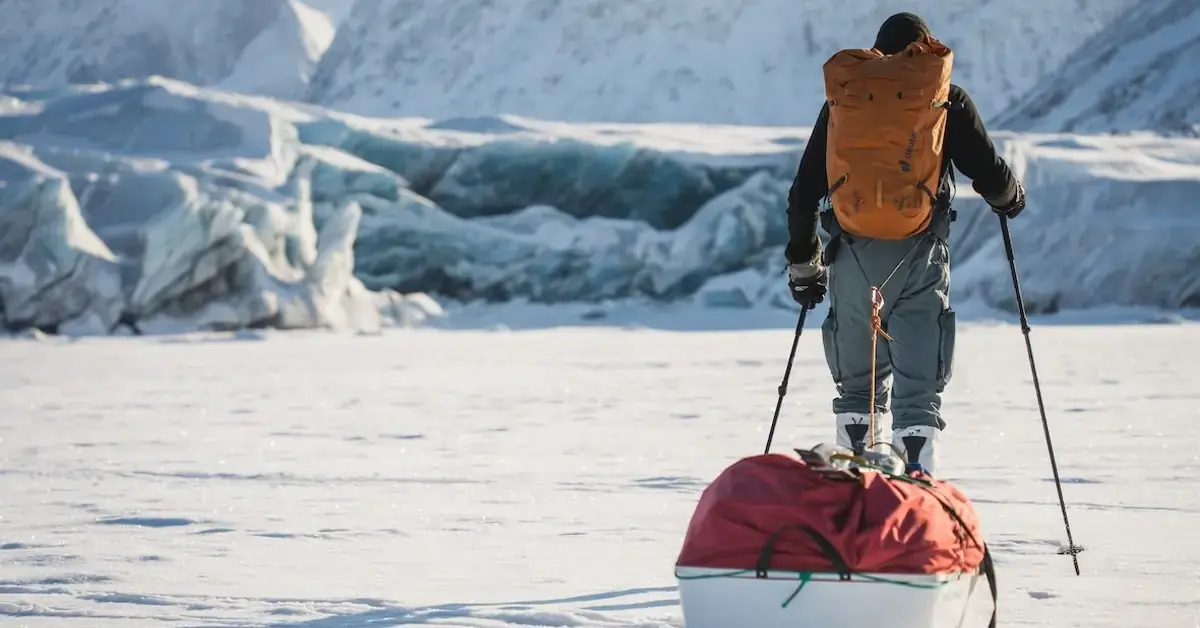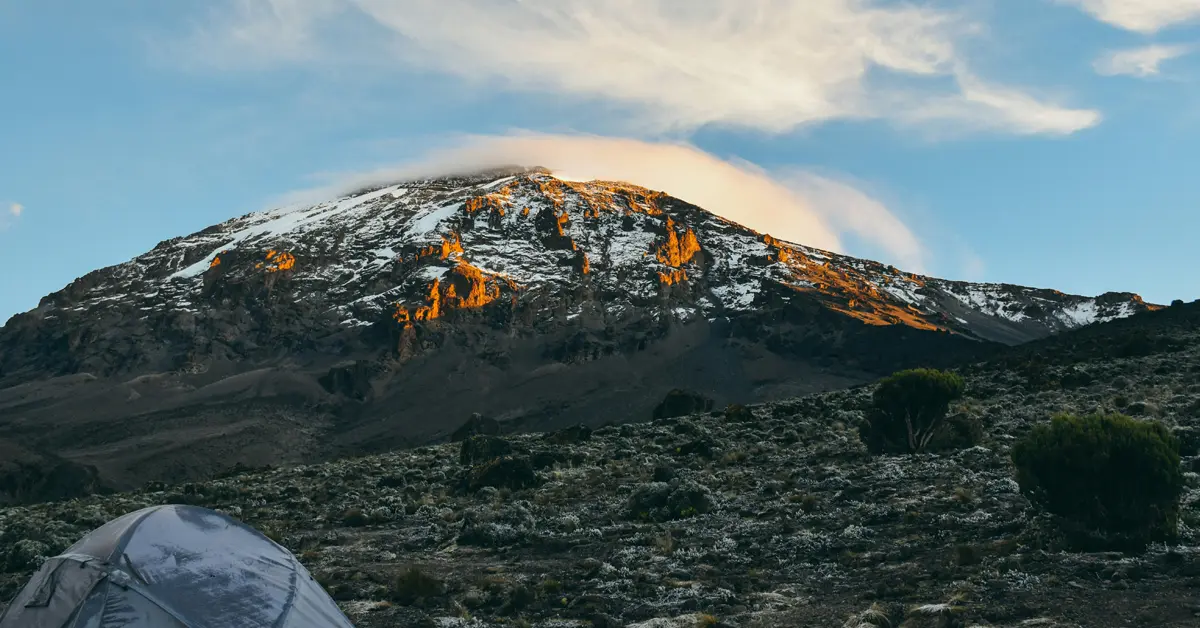Complete Equipment & Gear List for Annapurna Base Camp Trek

Gearchecker
8 months ago
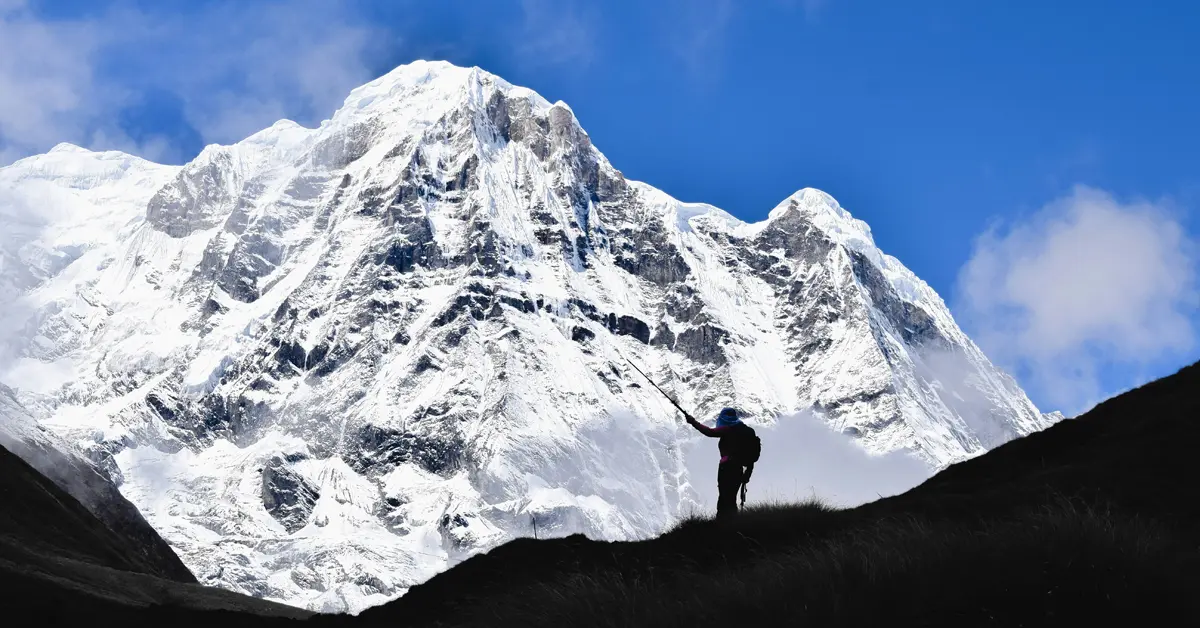
Overview of Annapurna Base Camp Trek
Annapurna Base Camp (ABC) Trek is among the most popular treks in Nepal. On the Annapurna Base Camp trekking, trekkers will get to know about the Annapurna Conservation Area and enjoy the mixture of natural scenery, sightseeing, and adventure.
ABC trek is situated in the Annapurna region, and is the only trek through which you can explore two base camps i.e. Annapurna Base Camp and Machhapurchhre Base Camp in a single trek.
ABC trek is all about 115 kilometers long, 4130 meters maximum altitude and requires between 7 and 12 days to complete with regard to the chosen track and pace.
The Best time to take part in Annapurna Base Camp Trek is in Pre monsoon season that is from March to May and Post monsoon season that is from September to November.
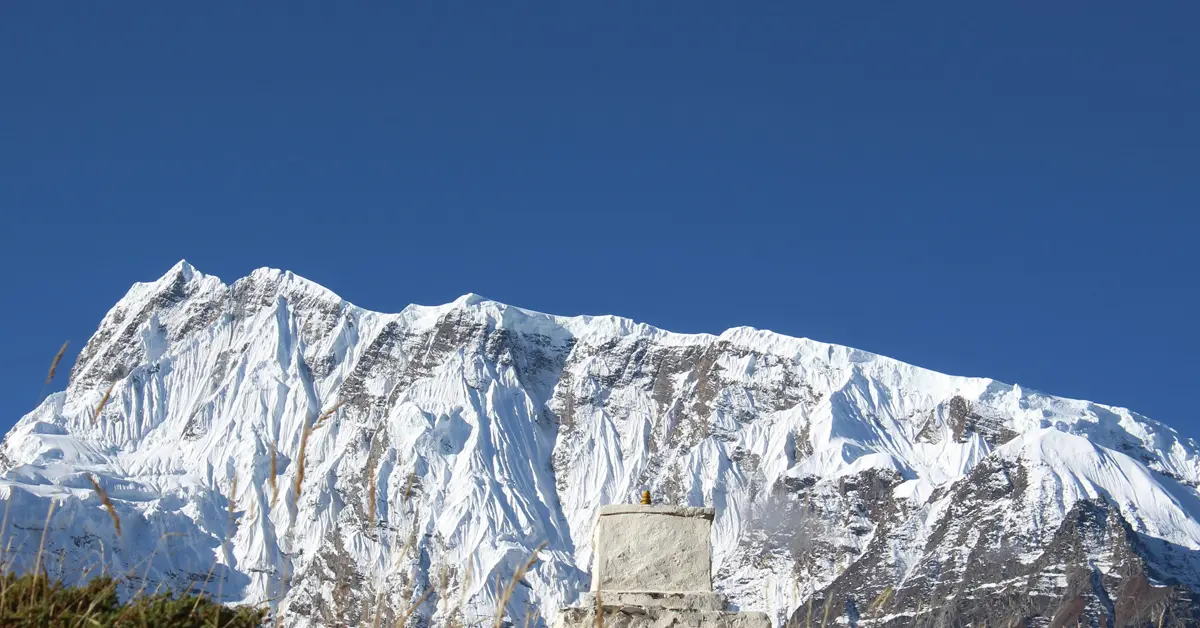
Importance of Proper Equipment
How the right gear enhances safety and comfort
Proper clothing and equipment is important in the hike as much as it will protect the hiker as it will make him or her comfortable. Accurate equipment such as durable boots, appropriate clothing and shoes to wear lessens the chances of acquiring injuries or being uncomfortable due to changes in weather. For example, the good design of boots helps if you need to maintain balance on an inclined surface; the layering of such things as wool and other fabric makes you dry if you are wet and also keeps you warm. Furthermore, things such as trekking poles give support decreasing the instances of stumbles in Kuna. All in all, it can be stated that the right gear helps to ride more confidently extreme zones and have more fun without risking one’s life.
Impact of weather conditions on equipment needs.
Weather conditions are also unpredictable when undertaking a trek and therefore one ought to have the right attire. As with mountainous climates where a fine sunny day can easily be followed by rain and cold wind. Rain gear, thermal insulating layers, and wind proof jackets are among some of the important attire necessary when in conditions of rainfall, coldness, and wind. With these, you put yourself in discomfort, hypothermia or further complications. On the other hand the warm clothing which is light and airy is needed for hot sunny days to avoid effects of heat and sun. Adapting the right clothing and gear for all kinds of weather implies that a person will not be in danger regardless of the climate that they are exposed to.
Common challenges faced without proper gear.
Travelers who go out on a trekking trip without some form of equipage and protection stand high risks of facing so many difficulties right from inconveniences up to increased risks of hazards. In this situation, one can develop blisters, foot aches or injuries such as sprains that will likely limit the activity greatly. Lack of clothing puts one at the mercy of the weather and depending on the conditions one is likely to develop hypothermia or heat exhaustion. Moreover, basic equipment, which include for instance the trekking poles or the perfect and right backpack, can pose a problem following which you can become tired or even lacking balance while at time on the slopes. These factors show the necessity of being prepared for a trekking in order to avoid problems on the way.
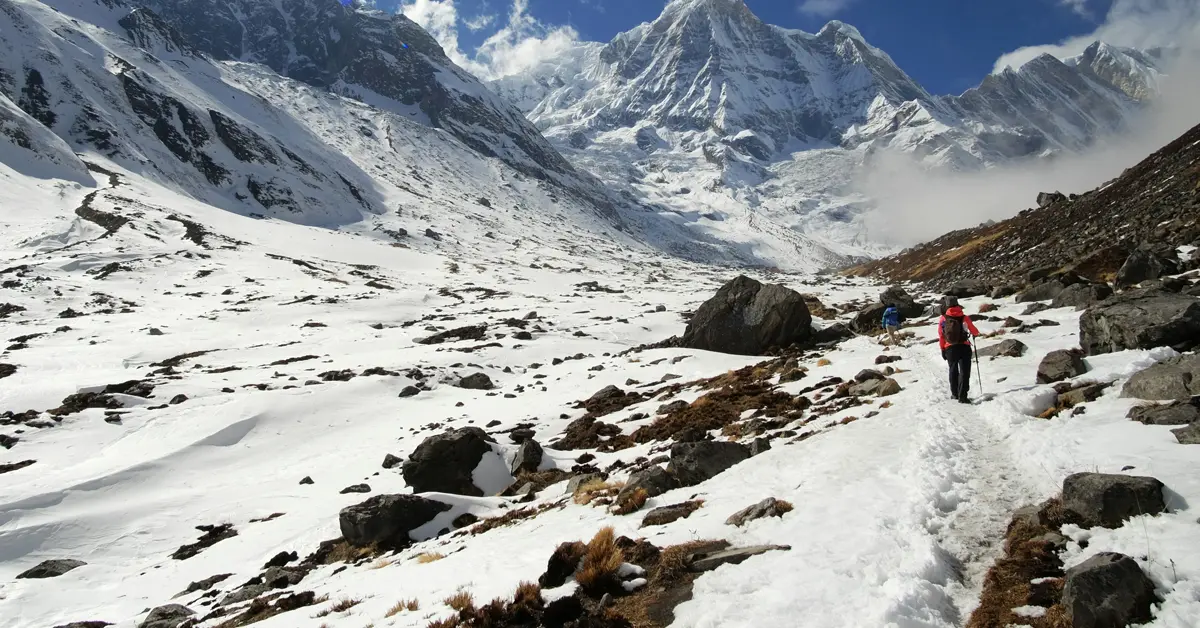
Purpose of the Equipment List
Aimed at First-Time Trekkers and Seasoned Hikers
The list of the equipment also acts as a checklist for the first-timers and the experienced trekkers meaning that nobody is left out. For starters, it contains information about the kit that is required, which gives the new players guidelines for choosing the necessary equipment and does not let them make basic mistakes, such as taking too much equipment or choosing wrong pieces. For the experienced hiker it serves as a checklist to glance through and see what needs to be replaced or checked perhaps it was torn, damaged etc. This means that as much as the list targets all trekkers, it has a way of helping each one of them, from beginners to experienced ones, to begin their journeys with the right preparation and perspective.
Ensuring Preparedness for Varying Conditions
Equipment list is strategic and aims at preparing the trekkers for all the possible weathers they are likely to encounter on the trek. Many times, trekking is carried out in different terrains, and the weather can be unpredictable, and therefore, the list included necessary gear for all types of situations. As to rain, cold, heat or stony ground it is necessary to wear the matching equipment. Thus, by strictly adhering to the aforesaid list, trekkers are assured that they can meet any eventuality on the trekking route and therefore can make the whole trekking exercise safer and more comfortable.
Encouraging Responsible Trekking Practices
The equipment list also is used in ensuring that there are measures in place which enhance the responsible trekking practices. It transforms the interest of trekkers to ensure they have all the essential equipment not for their safety only but for environmental conservation and cultures practices compliance. Reusable water bottles and products help to save resources and natural goods and wearing appropriate clothing and being courteous to local people. Adhering to the CheckList, the trekkers minimize utilization of equipment that may have had a negative impact on the environment with regard to promotion of sustainable tourism that may enable the maintaining of beautiful scenic trails for the use of other trekkers in the future.
ABC Trek Route Overview
Annapurna Base Camp is moderate to difficult trekking, which offers the variety of the landscapes making the high altitude journey through the Rhododendron forest, tropical, paddy fields and winds up at the base of Annapurna.

Day 1: Drive from Pokhara (822m) to Siwai (1530m), then Trek to Chomrong (2170m)
You are driven by Jeep from Pokhara to Siwai, 822 meters up to 1,530 meters. A thrilling view of the hills and far stretching mountain ranges can be seen from the drive offering that grand introduction to the actual adventure. When you get to Siwai, there and then begin the trek to Chomrong which is a lovely village at 2170m. It is steep trail following the ridge amidst the paddy fields, forests with frequent views of Annapurna II and Machapuchare. Chomrong is the starting point to the Annapurna Sanctuary trekking and it is a perfect place to spend a day and make acclimatization.
Day 2: Trek from Chomrong (2170m) to Dovan (2600m)
On the second day, you’ll trek from Chomrong to Dovan, climbing from 2,170 meters to 2,600 meters. The day begins with a descent to the Chomrong Khola, followed by a steep ascent to Sinuwa. From there, the trail leads you through dense bamboo and rhododendron forests, creating a tranquil atmosphere. The path is a mix of ascents and descents, offering a moderate challenge as you approach Dovan, a small settlement nestled in the forest. The altitude gain is gradual, allowing you to adjust as you continue your journey deeper into the Annapurna region.
Day 3: Trek from Dovan (2600m) to Deurali (3230m)
The third day of trekking takes you from Dovan to Deurali, climbing steadily from 2,600 meters to 3,230 meters. This portion of the trail continues through dense forest, gradually transitioning into a more alpine landscape as the elevation increases. The air becomes cooler and thinner, signaling your approach to the higher altitudes. Deurali, surrounded by towering cliffs and offering stunning views of the valley below, is where you’ll spend the night. The trek on this day is shorter but steeper, preparing you for the final push to Annapurna Base Camp.
Day 4: Trek from Deurali (3230m) to Annapurna Base Camp (413m)
This is the most strenuous and enjoyable part of the trek where from Deurali you climb to Annapurna Base Camp (ABC) 4134m. The trail leads you through Machapuchare Base Camp (3,700m) and from there, the view of the Annapurna Himal is unobstructed. The last two days from Lapche Danda to reach ABC are tough and technically challenging with high altitude but the panoramic view of mountains right from Annapurna I to Annapurna south to Hiunchuli and many more seen from ABC is colourful. Getting to ABC is a victory, first of all, because you find yourself in the middle of the Annapurna Sanctuary, completely surrounded by mountain giants.
Day 5: Trek from Annapurna Base Camp (4130m) to Sinuwa (2360m)
Today, you are going to descend from ABC to Sinuwa after having breakfast, enjoying the attractiveness of the sunrise over the Annapurna massif. The day entails backtracking through the valley and taking the stone trail hiking through Deurali, Dovan, Bamboo, and culminating at Sinuwa. The descent from 4,130 meters to 2,360 meters is quite a long one, but it is mostly downhill giving the opportunity to cover some great distance. What you experience as you make your way down is that the climate gets wetter and warmer and vegetation becomes greener making a striking difference form the harsh rocky terrains of ABC. Sinuwa has good camping sites although it should be noted that it is a package deal and most people spend their last night here.
Day 6: Trek from Sinuwa (2360m) to Siwai (2170m) then Drive from Siwai (2170m) to Pokhara (822m)
On the final day of your trek, you’ll descend from Sinuwa to Siwai, dropping from 2,360 meters to 1,530 meters. The trail takes you back through Chomrong, where you’ll climb a final set of stairs before descending to the riverside and continuing on to Siwai. Once you reach Siwai, a vehicle will be waiting to drive you back to Pokhara. The drive back offers a chance to relax and reflect on your journey, as you return to the comforts of the city. This day marks the end of your trekking adventure, with memories of the Annapurna Base Camp trek to cherish for a lifetime.
Compete Annapurna Base Camp Trek Equipment List
Clothing Essentials for ABC Trek
Base Layers
Importance of moisture-wicking materials.
Recommended fabrics and styles for tops and bottoms.
Tips for layering effectively.
Insulation Layers
Types of insulation jackets (down vs. synthetic).
When to wear insulation layers during the trek.
Features to look for in a good insulation layer.
Outer Layers
Importance of waterproof and windproof jackets.
Recommended pants for trekking in varied weather.
Accessories: hats, gloves, and neck gaiters.
Footwear and Accessories for ABC Trek
Trekking Boots
Features of a good trekking boot (support, grip, waterproofing).
Recommended brands and models for the Annapurna trek.
Tips for breaking in new boots before the trek.
Socks and Gaiters
Importance of moisture-wicking and cushioned socks.
How gaiters can protect against mud and snow.
Recommended sock materials and styles.
Other Footwear Options
Camp shoes vs. trekking boots: when to use each.
Importance of flip-flops or sandals for downtime.
Tips for choosing lightweight and packable footwear.
Trekking Gear and Equipment for ABC Trek
Backpacks
Recommended sizes for daypacks vs. multi-day packs.
Features to look for in a trekking backpack (support, compartments).
Tips for packing efficiently and balancing weight.
Trekking Poles
Benefits of using trekking poles for stability and support.
Types of trekking poles and their features.
How to adjust and use trekking poles effectively.
Sleeping Gear
Importance of a good sleeping bag for high-altitude trekking.
Recommended sleeping pads for comfort and insulation.
Tips for choosing lightweight and compact sleeping gear.
Safety and Navigation Equipment for ABC Trek
First Aid Kit
Essential items to include in a trekking first aid kit.
Tips for treating common trekking injuries.
Importance of knowing basic first aid procedures.
Navigation Tools
Importance of maps and compasses in remote areas.
Recommended GPS devices and apps for trekking.
Tips for reading maps and using navigation tools effectively.
Emergency Gear
Importance of carrying a whistle, flashlight, and multi-tool.
Recommended items for emergency situations.
Tips for preparing for unexpected challenges on the trail.
For a safe and fun trek to the Anna purna Base Camp, choosing the clothing and other equipment is paramount. This will include main equipment with focus on the ‘‘Best backpack for high-altitude trekking’’ ‘‘What kind of footwear do you need for the ABC trek’’ and other equipment tips.
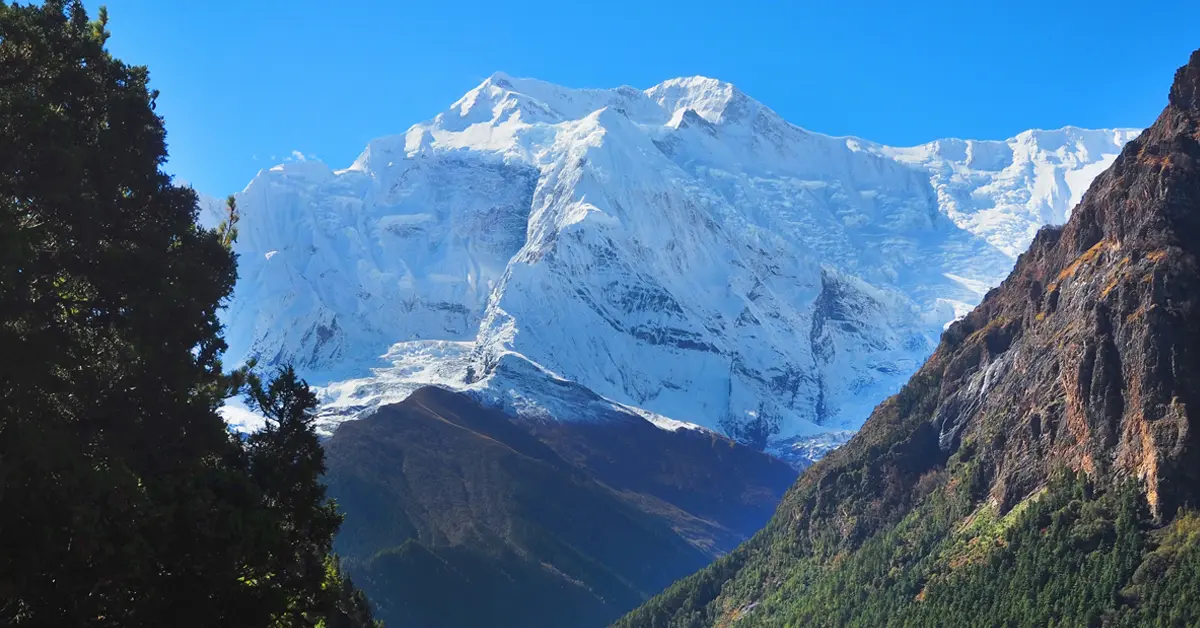
Clothing: ABC Trek Dress Code
Layering for Success : A layering must be created to be able to handle the difference in climate in this entire trek from ABC. Wear a slim layer that will absorb perspiration next, wear a layer that will protect you from cold next and wear a waterproof outer layer last.
Base Layer:For moisture management, synthetic or merino wool fabrics are suitable for fabrication into apparels.
Insulation:A down jacket is one that is not bulky but it comes with the capability of being warm.
Shell:An effective material for a rain jacket with a long life span is a vital necessity to protect the body when it is raining.
Lower wear:Thermal leggings provide crucial insulation in cold weather, while trekking pants offer comfort and flexibility for various terrains. Waterproof pants are essential for keeping dry during rain and snow, ensuring you stay warm and protected.

ABC Trek footwear options:
Section one of ABC trek involves a lot of walking thus selecting suitable shoes is vital since you will be walking on rocky areas, forest tracks and possibly on snow. Factor considerations include comfort, support and endurance.
Selecting Your Trekking Footwear: Because of such terrains it is recommended that most of the trekkers wear mid to high cut hiking boots for the support and protection of the ankle.
Again Salomon Ultra 4 GTX can be recommended as one of the most effective models in support/shield system, waterproof/windproof and remarkably comfortable one to use for the unpredictable weather conditions and various terrains of the Annapurna region.
Footwear Tips:
Try Multiple Options: This means it is important to wear them and get them a little worn out before the trek.
Waterproofing: Those who want to visit during that time are advised to use waterproof boots because the area experiences more rainfall during pre-monsoon and post-monsoon periods.
Sock Selection: Wear it with moisture-wicking socks to avoid blisters and to be able to keep your feet dry when walking.
Selection of Backpack for High Altitude Trekking on the ABC
Choosing Your Backpack
The backpack is going to be your best friend on the ABC trek, so, there is nothing wrong with getting one that you will find comfortable, easy to carry and durable. In a trek that will take more than a week, a 50-60 liter backpack is recommended since it is not very bulky but at the same time big enough to accommodate clothes, equipment, and other necessities.
For those who prefer an anti-gravity suspension system, Osprey Aether plus 60 is ideal for trekkers since it offers excellent support for those travelers who carry heavy gears for long distances.
Balancing Weight and Comfort : When planning our backpacking, care must not be taken to the extreme and the lightest possible pack should not be chosen, rather comfort must be considered especially when doing a trek that covers more than a few days like the ABC. High quality packing, good fit of the hip belt, and easily adjustable straps will minimize the stress on your back and shoulders.
Features to Look For:
•Weight:Choose a backpack that should not exceed 1 kilogram in weight. The model is 42 HDI when empty and varies from 5 to 2 kg.
• Capacity: For the trekkers it is advisable to travel with a backpack of between 50-60 liters.
•Fit: Make sure the backpack reaches your torso length and has a good fit at the hips through the help of an adjustable hip belt.
• Accessibility: Consider a big pocket division; use of multiple access pockets for such things as a pop corn, water flask and a camera.
Sleeping Bags and Quilts: ABC Trek and Staying Warm
Selecting a proper sleeping system is very important for warmth through the ABC trek, particularly if you are heading to the higher altitudes of Annapurna region. This trek requires a sleeping bag that has a good quota of warmth, light weight and pack ability and in my opinion, the Therm-a-Rest Questar 20F/-6C sleeping bag is perfect for this trek. Covering material down is used for its high capacity of insulation relative to the weight if synthetic fillings can perhaps be more certain in their performance in conditions of high humidity. A sleeping bag of range 10°F- 20°F that is - 12°C to - 6°C would be appropriate for the night time on the trekking. It is recommended that your sleeping system should be easily compressible in order to save on space on the back pack.
Trekking Poles: Are They Necessary
Trekking poles can be a great asset on the ABC trek, providing stability on steep ascents and descents, reducing the impact on your knees, and aiding in balance on uneven terrain.
Choosing Trekking Poles
Material:Make use of lightweight, strong and flexible materials such as aluminum alloys as well as high strength carbon fiber.
Adjustability:Poles that are flexible to a variety of ground conditions due to the fact that they are made to be of variable lengths should be telescoping in nature.
Grip:The poles should have some comfortable grips; the easy ones are the ones whose handles are made of cork or some form of soft foam that will absorb the excess sweat.
Tent Selection for the ABC Trek
Albeit the possibility of getting teahouses on the ABC trek, some hikers consider carrying a tent as a way of freedom, especially those who mean to have a camp or the trail that is not so popular. Big Agnes Copper Spur HV UL2 is light when packed, easy to set up and very dependable as a shelter even in rough weather.
Freestanding vs. Non-Freestanding Shelters
Freestanding Tents: These are very simple to deploy and do not need a lot staking, thus are ideal in areas with poor rocky or hard land.
Non-Free Standing Shelters:Usually lighter but not as easy to control as you need to ‘throw’ the kite and not as suitable when the wind picks up.
What to Look For:
Weight:One should look for a tent that at the most can be bought at 2 kilograms.
Protection:Make sure your tent is properly able to shield you from the rain while having adequate ventilation.
Space: Think of how much padding or cushioning you’re going to need against the amount of weight you can carry.
Other essential gadgets
As with all of the treks on the ABC, mobile phones are allowed while others are a necessity since they are used in emergencies, and for navigation purposes.
Must-Haves:
Smartphone/GPS: For directions, momentous and emergency communication and for moments when you want to capture.
Headlamp:To be worn during morning shoot or pre-sunrise shoot or any other leisure time shooting at night.
Portable Charger:The use of electricity may not always be possible during the trekking, therefore having a power supply to charge your devices.
Lightweight, strong and functional gear, depending on your individual requirements and conditions of the ABC trek will allow you to proceed with the journey safely and with pleasure. The best gear is the gear that is the most effective for you – happy hiking!
Conclusion
The Annapurna Base Camp trek is considered to be a strenuous trek that needs planning and the appropriate equipment. Starting from the choice of a convenient and long-term backpack or even the choice of shoes, all the decisions can affect the results.
There is a need for the old school basic and light weight equipment for comfortable running or biking for long spans. Safe Electronics and Navigation are crucial for any trek so do not forget the use of trekking poles and necessary electronics.
Because of the preferences of hikers and the requirements of the trails, choosing your gear must be meticulous, and it puts you ready to deal with the terrains of the Annapurna region adequately.
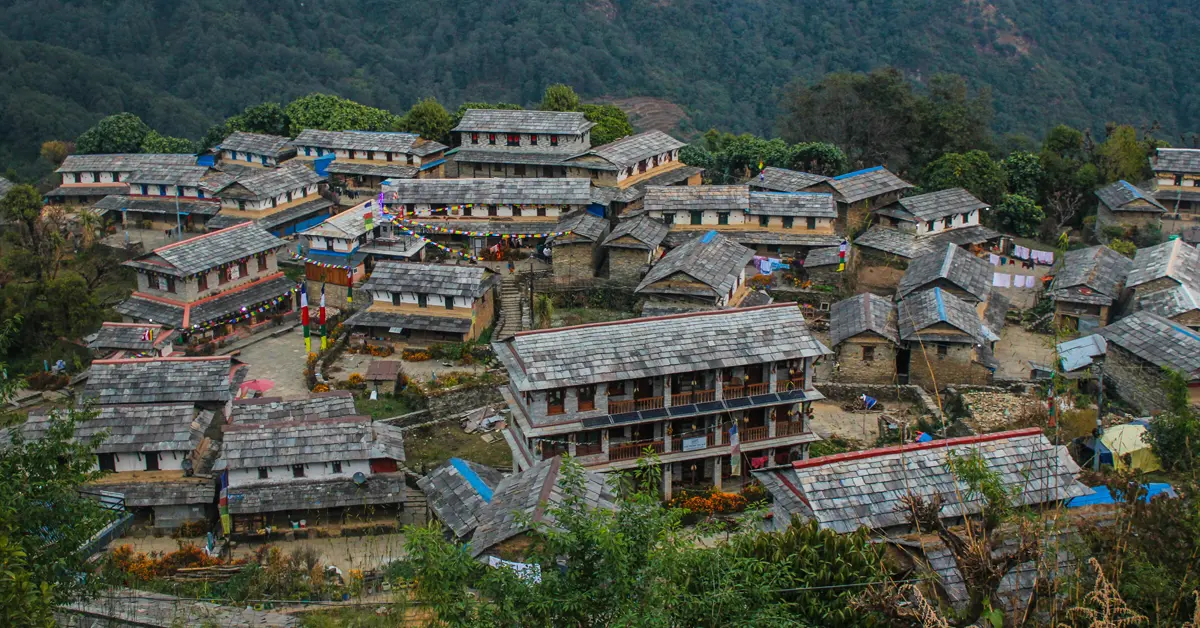
FAQs
When is the best time to do Annapurna Base Camp Trek?
The best time to do Annapurna Base Camp Trek is during the pre-monsoon months of March, April, and May, or the post-monsoon months of September, October, and November. These periods offer dry weather, clear skies, and moderate temperatures, making them ideal for trekking.
How challenging is the Annapurna Base Camp Trek?
The Annapurna Base Camp trek is considered moderate in difficulty, but the high altitude can make it more challenging. Expect to encounter steep inclines and potentially changing weather conditions during the trek.
What gear is required for the Annapurna Base Camp trek?
Essential gear includes thermal leggings, trekking pants, waterproof pants, a warm sleeping bag, and sturdy trekking shoes. For the upper body, layering is key: a moisture-wicking base layer, an insulating layer, and a waterproof outer layer are recommended.
What are the costs associated with the Annapurna Base Camp trek?
The cost of the Annapurna Base Camp trek depends on the duration and type of trek package you choose. On average, it ranges from $500 to $1,500 per person, covering permits, guide services, and accommodations.
What is the elevation of Annapurna Base Camp?
Annapurna Base Camp is located at an altitude of approximately 4,134 meters above sea level. Due to the high altitude, it’s important to acclimatize properly to avoid altitude sickness.
How long does the Annapurna Base Camp trek take?
The Annapurna Base Camp trek typically takes 7 to 10 days, depending on the standard itinerary and pace. Shorter treks of around 5 days are possible but can be more demanding.
What should I know about the Annapurna Base Camp trek map?
The Annapurna Base Camp trek map highlights the trail, distances, and key points of interest. It’s useful for planning and tracking altitude changes, as well as identifying the main attractions along the route.
